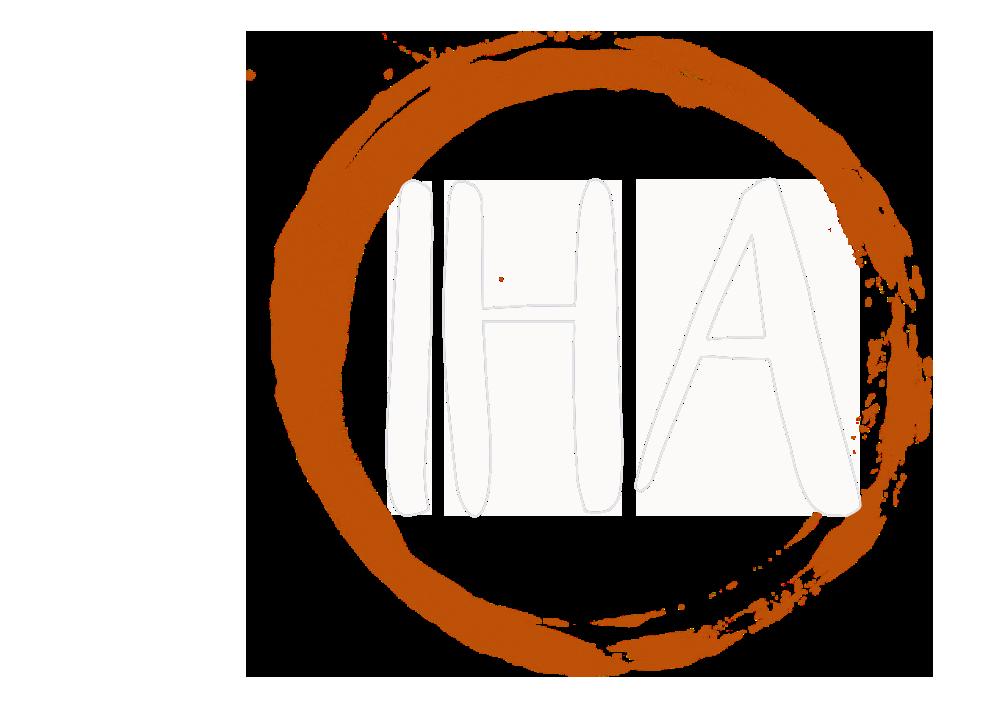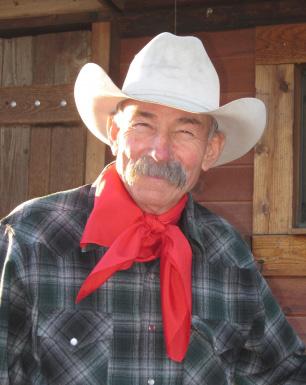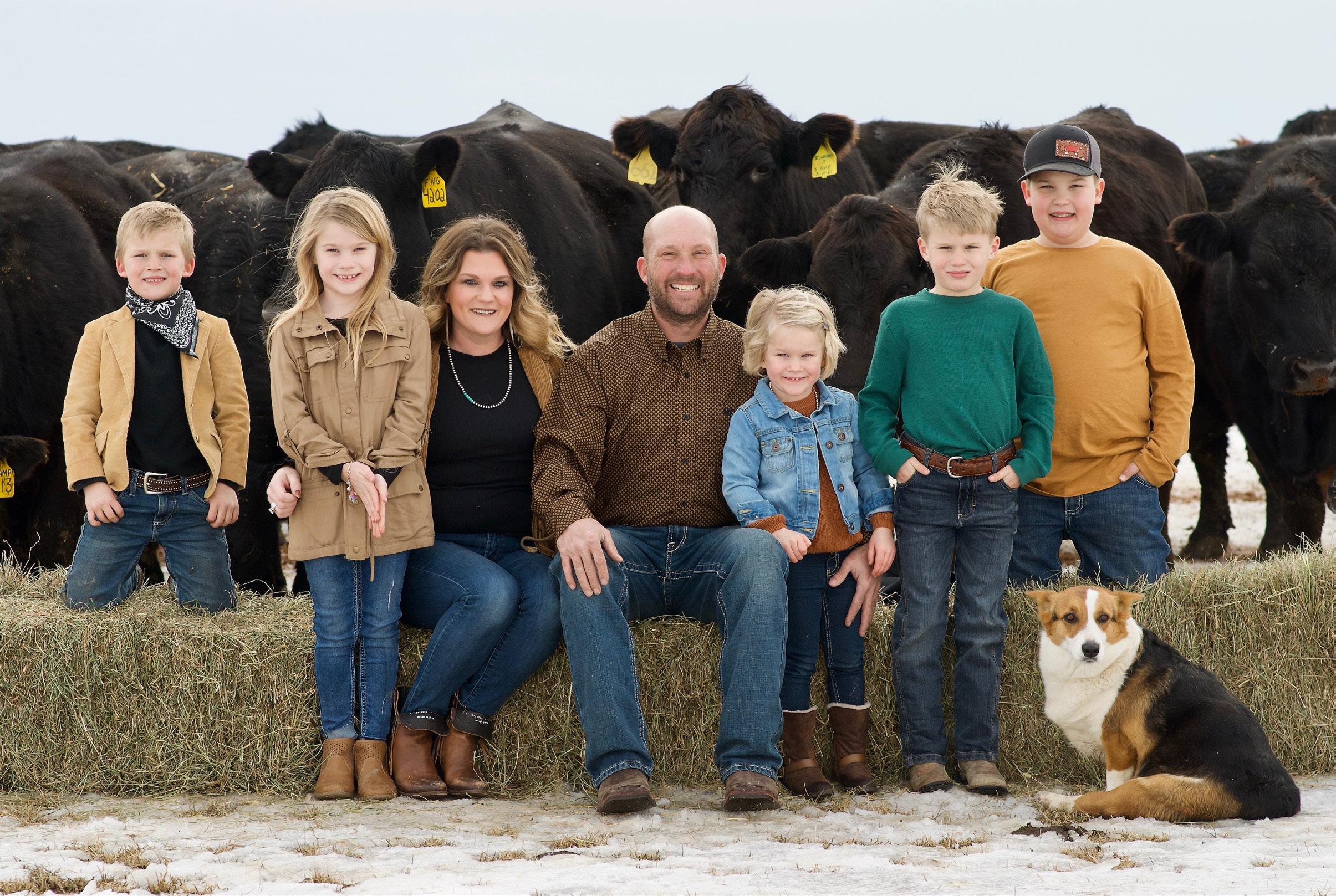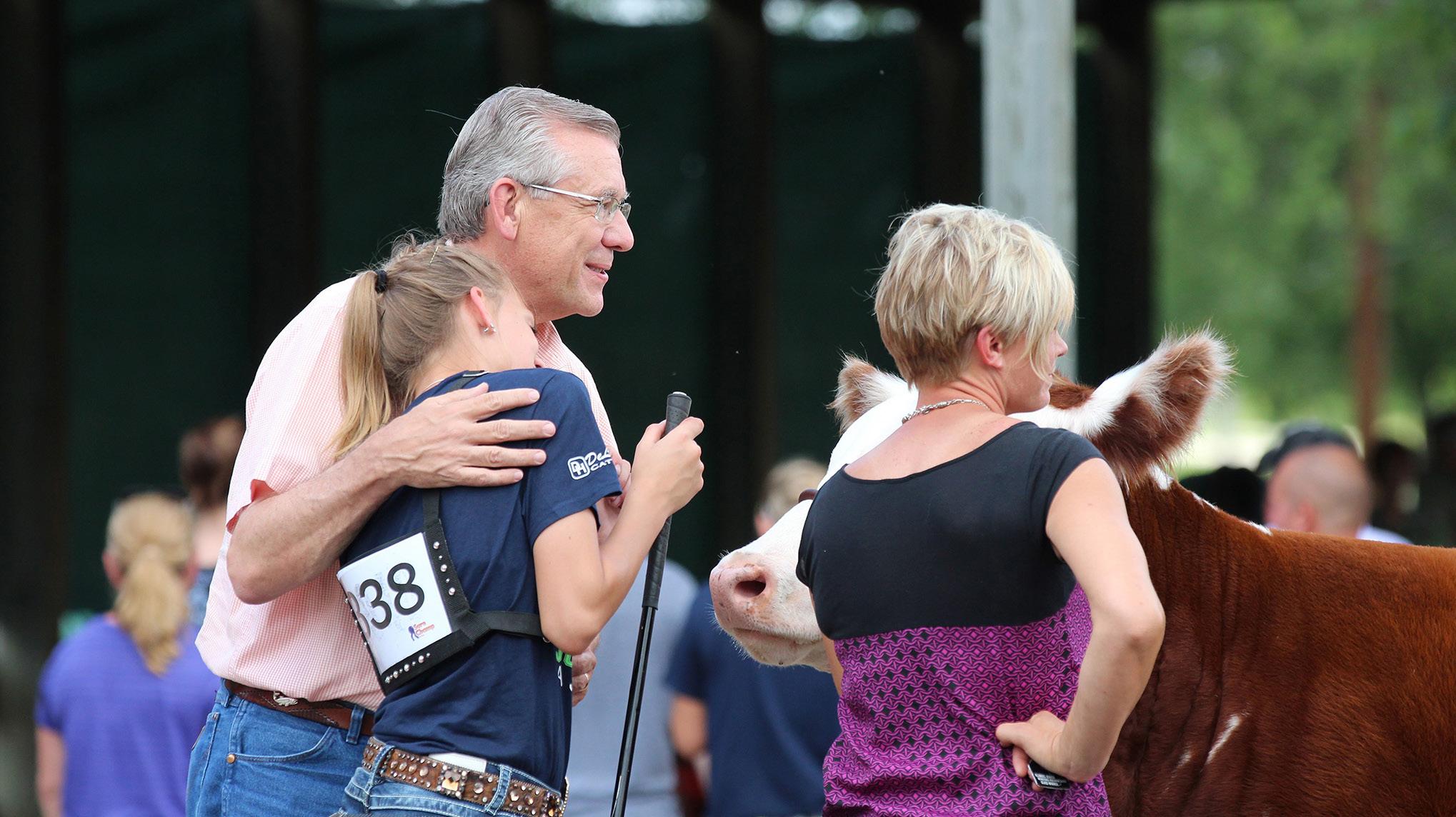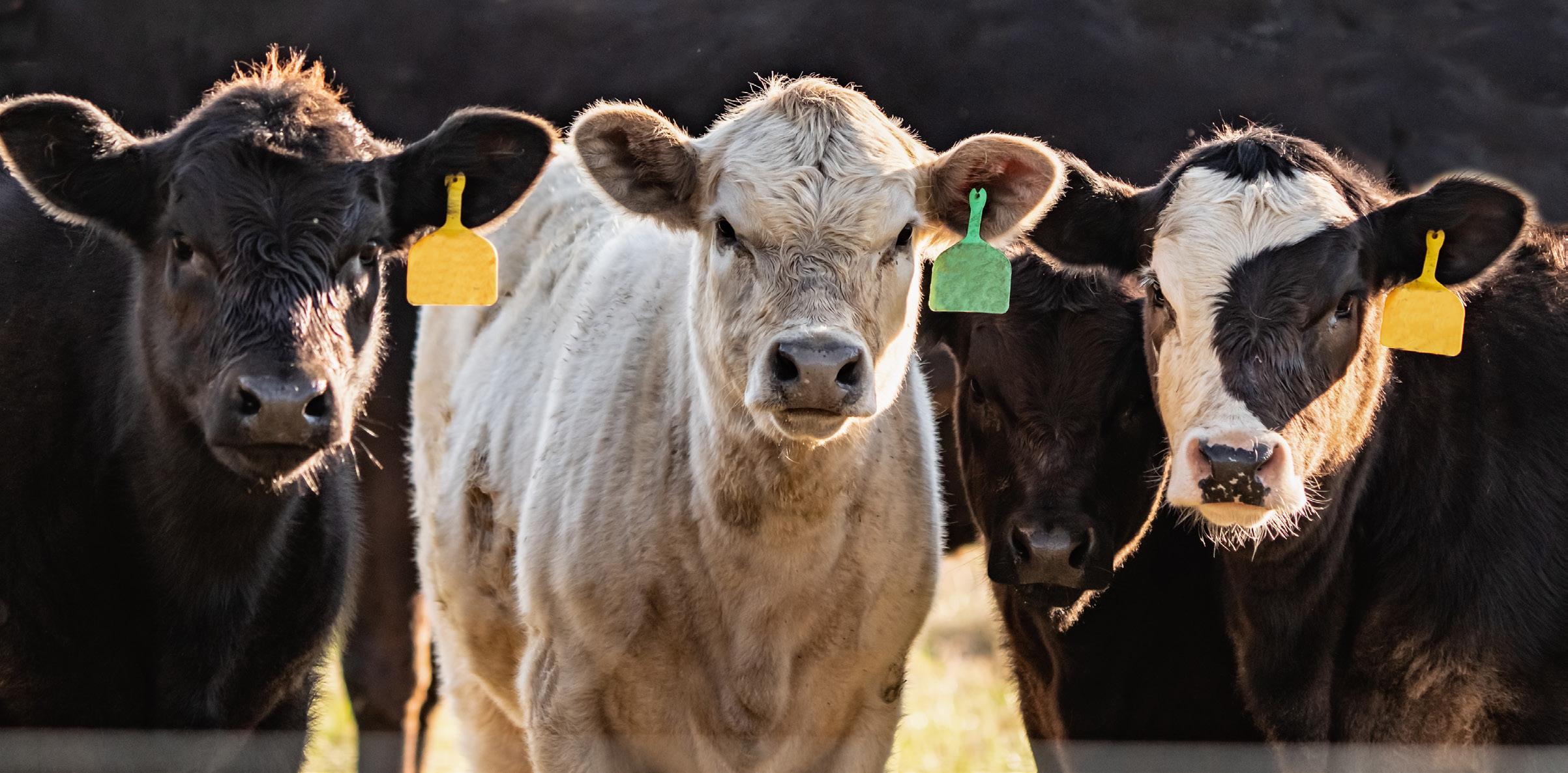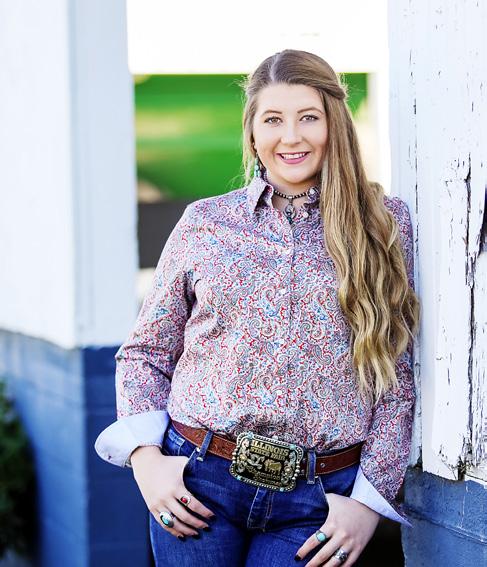
8 minute read
Crowdsourcing: What Does Sustainability Mean to the Beef Industry - and to Consumers
And, what is the industry doing to position itself for 2021 and beyond as a leader in a sustainable production?
by Joli A. Hohenstein
Advertisement
Sustainability stood out as one of the big buzzwords for 2020 – one of those terms so buzzy that was thrown into any conversation around a professed desire for bettering the world. Its definition remains both fluid and polarizing, particularly in a world where consumers’ increasing interest in where their food comes from leads them down the Google wormhole of threats both real and perceived. So what does sustainability mean: What do we think it means, and what do beef consumers think it means? More importantly, what do we want them to know about how we’re really defining sustainability in the cattle world? We crowdsourced a few subject matter experts to help find some answers. We started with the basics.
What is sustainability?
“We need to understand or broaden the conversation about what sustainability means and not get caught up in measuring everything,” says Dr. Jason Sawyer, associate professor, King Ranch Institute for Ranch Management in Kingsville, Texas. “Big picture: There’s a world full of people, and we all need to eat. But, we as the beef industry don’t want to be reactionary. We need to sustain our ability to feed ourselves. That means having healthy and vibrant agriculture.”
How do beef producers define sustainability in their operations?
“We’re seventh generation farmers,” says Krystal Jungmann of Sumner Point Beef, a cow-calf farm in Little York. “That to me is the definition of sustainability: having something to give to the eighth generation. Sumner Point Beef was born out of sustainability; it is about sustaining who we are, supporting this business that has grown into what the consumer is wanting.”
“We think about our operation as needing to be regenerating of itself,” says Bradley Wolter of Windy Hill Meadows, a purebred Angus farm in Aviston. “This spans the scope from our pastures needing to continuously provide forages year over year, cows needing to reproduce efficiently each year, to include maintaining economic profitability of our farm to ensure it maintains a successful contribution to our community. We believe we must continuously improve what we do in a way that balances the interest of our stakeholders.”
How have consumer opinions and preferences regarding sustainability changed in the recent past?
“We are finding our customers are increasingly interested how we care for our farm,” says Wolter. “Their interest spans from land, animals and our human caregivers. We have noticed big changes in preferences, but there is an increasing interest in the knowing and understanding. In fact, we find with more knowledge, they accept the current practices. We often shape their preferences with our explanations.”
When it comes to consumer wants and needs, one of the country’s biggest beef buyers has a great touchpoint on consumer tendencies, so we went straight to the source, and asked McDonald’s the same question. “Customers are more connected to their food and how it is produced than ever, and that connection is only going to increase as technology continues to improve,” says Townsend Bailey, Director of U.S. Supply Chain Sustainability. “Customers want to know that the businesses and brands they support share the values, and this can be an important point of differentiation in the marketplace.”
How do you make sure you’re hearing consumer preferences on an ongoing basis?
“We have an advisory board because we feel it’s important to answer consumer questions well, and we include people with all kinds of different backgrounds, not necessarily associated with ag,” Jungmann explains. “We ask questions like, ‘Why would someone choose to have farm beef rather than grocery store beef?’ People are more curious about where their beef comes from today. We aren’t doing that much different than our neighbor, other than telling our story – it’s so important to tell the story. We take that consumer interest in home-grown products and knowing where their beef comes from and build our story around it. This is something beef producers have been doing for years: continually adapting to consumer wants and needs.”
How have consumer opinions changed what you do on your farm?
“We do focus increasingly more on reducing antimicrobial use in our operation. While we do what is best for our animals, we attempt to limit the use of antibiotics that cross over into human medicine with the aim of minimizing any potential risk of resistance within the environment,” Wolter says. “We believe it is responsible for us to do that as we talk with our customers and recognize a real concern.”
The retail world is making changes too. “Our customers want to know first and foremost that their food is safe, especially in light of the current global pandemic. For this reason, we have partnered with the Mayo Institute to design practices and protocols that protect our crew and our customers in our restaurant operations,” says Bailey. “For our customers, safety doesn’t stop at the restaurant and includes how beef is produced. To meet our customers’ needs and preserve the effectiveness of antibiotics for future generations, we are partnering with suppliers, veterinarians, academia and farmers and ranchers to support responsible use of antibiotics in our supply.”
What are the biggest misconceptions you’re trying to address regarding sustainably sourcing beef?
“I believe most beef consumers don’t fully understand the important role beef animals play in generating high-quality protein from otherwise less-efficient land resources,” Wolter says. “These animals are a great example of regeneration. The emphasis we place on improving feed efficiency within our breeding herd is important and always a new discovery for our customers when we interact.”
“[As an industry], we get frustrated with consumers for their apparent ignorance,” says Sawyer. “How do we do a better job of helping consumers understand how their food is produced and that the ways we produce are beneficial? We can’t be angry at them because they don’t know. For example, it’s an inescapable fact: Ruminants produce methane. Someone says methane is a more potent gas than carbon dioxide, and the logic gets skewed into cattle are causing global warming. There’s so much more carbon dioxide in the atmosphere that methane is a very small part of the atmospheric concentration, and cattle’s contribution is effectively none. It’s true on the surface, but not in context.”
What can cattle producers do to effectively communicate sustainability in the beef industry?
" I think we as producers need to be more committed to measurement of inputs and outputs within our farms,” says Wolter. “We need to be continuously trying to improve that ratio of output to input but work to be more aware of the balance among resources that must exist in doing so. That means it starts with a commitment to continuing to educate ourselves on stakeholder expectations and science-based management techniques that can support meeting them.”
Bailey agrees: “Set goals that are meaningful for customers and stakeholders and that clearly demonstrate the values the beef industry shares with its customers, particularly with regards to climate change and animal health and welfare.” He adds, “Engage and support industry-wide efforts to advance beef sustainability, such as the U.S. Roundtable for Sustainable Beef and BQA, to demonstrate our shared commitment. Build relationships and trust by engaging in uncomfortable conversations with people and organizations that do not see the role that responsible beef production can play in a thriving food system. Demonstrate your commitment to environmental stewardship, the health and welfare of the animals the industry depends on, and the economic well-being of the people who care for those animals and the land.”
That communication starts at the farm level. “As U.S. beef producers, we have a great story to tell. We need to embrace that story,” says Sawyer. “We produce an amazing product, and we mostly do it using resources that couldn’t be used otherwise. Beef producers have the opportunity to be more involved in this conversation. We need to be using words that usually have a positive association: stewardship, efficiency, profitability – they’re all synonymous with sustainability. When you make decisions that improve your stewardship or your ability to be more efficient, you’re making the decision to be more sustainable.
“Maybe one of the things we do is try to put some of these things into context. We can do a better job of communicating and putting common metrics around sustainability and into context.”
A Different Perspective – and Some Context
What if all the beef industry needs to do is put its story into context? That’s the question Dr. Jason Sawyer poses at the King Ranch Institute for Ranch Management.
“For every resource we use up, we produce more beef, more protein and feed more people. Does that fit consumers’ sustainability definition?” he says. “We think they care about environmental issues, how we take care of cattle, animal welfare, but how can we put that into terms they relate to?”
Sawyer looked at cattle production factors including hospital days, pull rate, treatment rate and recovery time. Then, he examined comparable data for humans. “The Bureau of Labor has data on the number of days people call in sick to work. They also have data on the number of days people were sick and went to work anyway. Look at that against NAHMS [U.S. Department of Agriculture’s National Animal Health Monitoring System] data,” he explains. In 2004, 46.6% of United States workers between 19 and 64 years of age had to miss at least one day of work due to illness. If those reporting illness, but not sick days, are included, the total is increased to 69.6% (Commonwealth, 2005). This is analogous to morbidity rate, and might suggest that morbidity rates in production systems are relatively low, or that the ‘well-being’ of American workers is relatively lower than that of American cattle.
Or as Sawyer says: “The U.S. cattle population is far healthier than the U.S. human population.”
Now, how do we communicate that to people who are interested? “We care for our animals better than we do ourselves,” Sawyer says. “It’s a different context than we usually talk about for animal welfare. Can we help consumers and producers pull these things into context?”
Expressing these per unit of beef produced rather than per head or in aggregate might provide more context and comparability across systems, he says. Context is key – and it starts with telling our own story.

